A brief history of immortality: 80 years of Cryonics Part 2
Bronwyn Rideout - 23rd June 2025
Cryonics is the pseudoscientific practice of freezing humans (and animals) with the hope that medicine and science will reach a point in their advancement where reanimation will be possible.
Who can help you live forever (maybe)
There are multiple companies that have been in, or are in, the business of freezing people, since the 1960s. The American companies and associated societies often collaborated or worked together, as well as having their work supported by local cryonicists such as the Immortalists/Cryonics Society of Michigan.
Alcor
A non-profit organisation founded by Fred and Linda Chamberlain in California in 1972 as the Alcor Society for Solid State Hypothermia. Alcor’s origins, and certainly their early leadership, were strongly libertarian. The organisation conducts research and provides its members with cryopreservation and storage services, but transportation support is limited by geographic location. Until the 1980s, preservation and storage were provided by Trans Time and Cryovita. Alcor moved to Scottsdale, Arizona in 1994. They are one of the largest cryonic organisations, with 1,927 members and 239 ‘patients’, a term used by most cryonics firms to describe deceased customers who are frozen. Alcor stores its patients in stainless steel dewars that are fabricated by companies that specialise in cryogenic services. Very detailed case reports for patients who were either frozen or transferred to Alcor are available to review; some of the stories maybe upsetting due to mentions of suicide, murder, etc. Read at your own discretion.
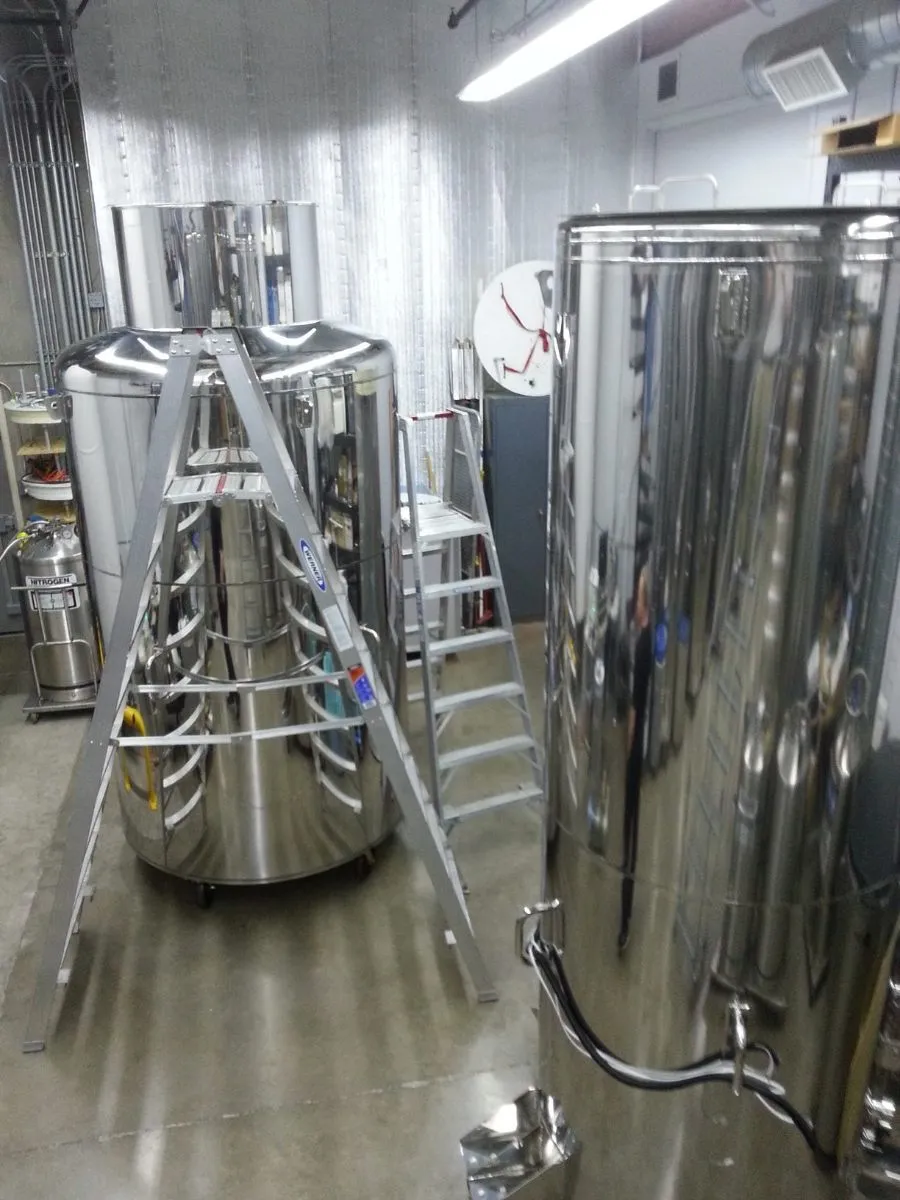
A SuperD dewar being installed at Alcor in 2016. A standard dewar can hold 4 whole-body patients, along with 5-neuro preservations in a central column. These super-sized dewars can hold around 12 whole-body patients.
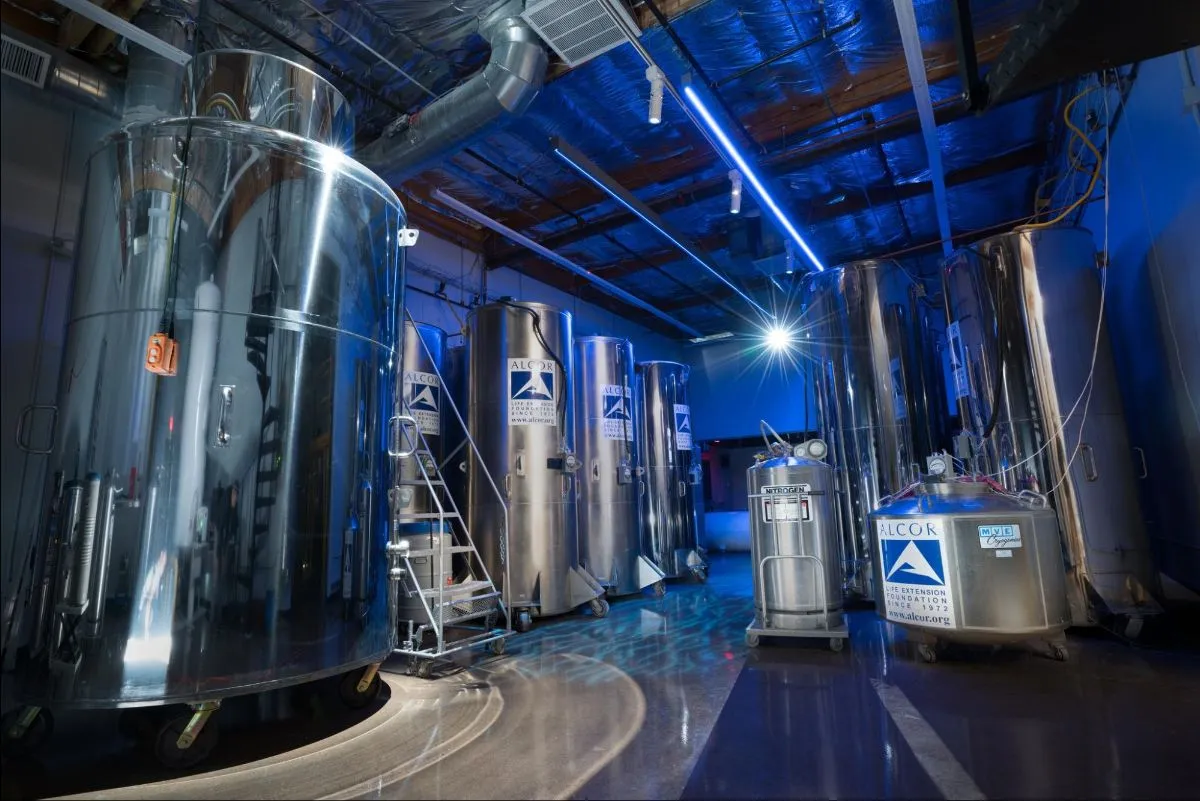
A sexier shot of some of the Alcor Dewar collection. The SuperD is in the far-left. At the back there is a white cylinder, which was the dewar that once contained Dr. Bedford. Most of the other dewars in this picture are the standard 4 whole-body dewars. The shorter dewar on the far-right is likely the neuro dewar. These dewars do not require electricity to keep patients cold, but do need regular replenishing of liquid nitrogen. However, the possibility that something may go awry or malfunction is not far from the minds of Alcor. Whole-body patients are oriented head-first in the dewar, so that in the event that the nitrogen boils off, the head will be the last part to experience an increase in temperature, thus increasing the patient’s chances of ‘survival’ if damage does occur to the body, allowing for conversion to neuro-preservation if necessary.
Cryonics Institute (CI)
Another non-profit cryonics organisation in the US that conducts whole-body preservation, as well as some cryogenic storage of tissue for future cloning. It was founded by Robert Ettinger, author of “The Prospect of Immortality”, in 1976. CI’s pitch is that it is the most affordable cryonics service out there, with prices as low as $28,000 for whole-body preservation, compared to Alcor’s price tag of $220,000; however, unlike Alcor, CI does not offer neuro-preservation, but it will preserve pets. They are certainly as popular as Alcor, with over 267 patients and a membership of nearly 2,000. Storage at CI differs significantly to Alcor, as bodies are placed in fibreglass cryostats instead of stainless steel dewars. According to Alcor, the advantage of cryostats is that the operation of the soft-vacuum is easier to maintain and less urgent to repair than the high-vacuum needed by the steel dewars, because the internal perlite wall is an effective insulator. The dewars, on the other hand, are easier to transport and are smaller in size. CI also doesn’t offer the standby stabilisation and transport service, so members are advised to make their own arrangements. Below are two images of cryostats at the Cryonics Institute.
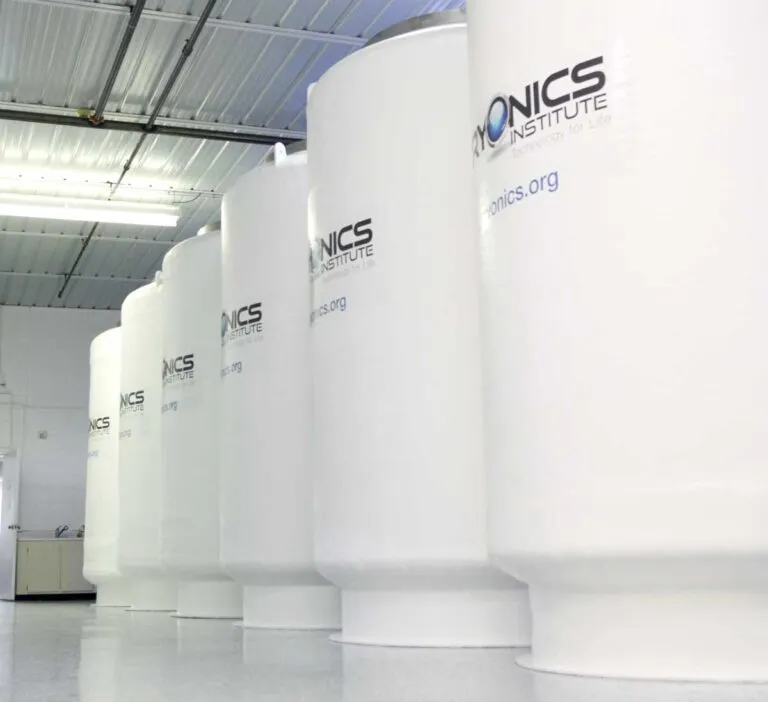
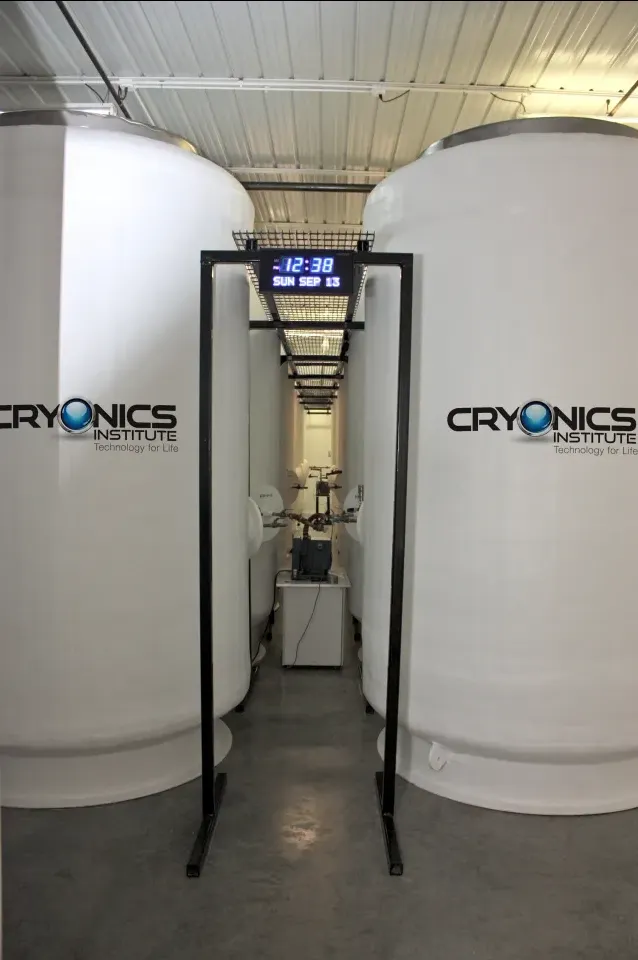
Kriorus
A Russian cryonics company founded in 2005. It offers whole-body and head preservation. It has attracted clients from around the world, and has constructed at least three facilities across Russia. According to Wikipedia, there were 36 bodies and 34 heads in its care, along with 32 pets. A point of difference is that it had customers sign a 100-year contract, which its co-CEOs, a then married couple Valerie Udalova and Danila Medvedev, believed would be the timeframe for the appropriate technology to become available. Kriorus was the subject of a major scandal in 2021 when Valerie, now ex-CEO and Danila’s ex-wife, was reported to have stolen the remains of several Kriorus patients, including the bodies of British and US citizens, from a lab that Medvedev claimed to have owned. Udalova and her accomplices drained the liquid nitrogen from the dewars before snatching several bodies and heads. The bodies were returned to their original location, but no updates have been provided in English about the condition of the stolen bodies, or for that matter those that were left behind. As of 2025 the Kriorus website indicates that she is back as its CEO, while Medvedev has started OpenCryonics. Below are Kriorus’ dewars, and their dewars after their short road trip:
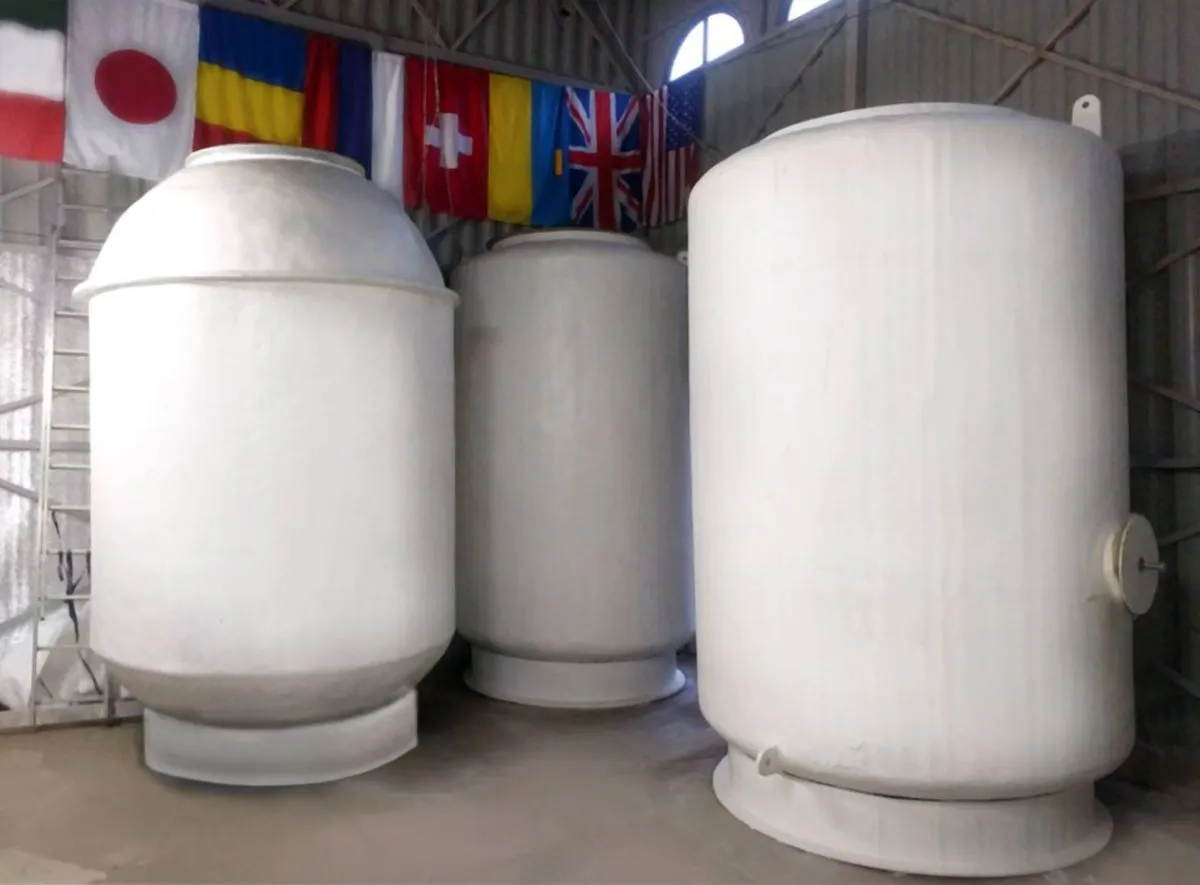
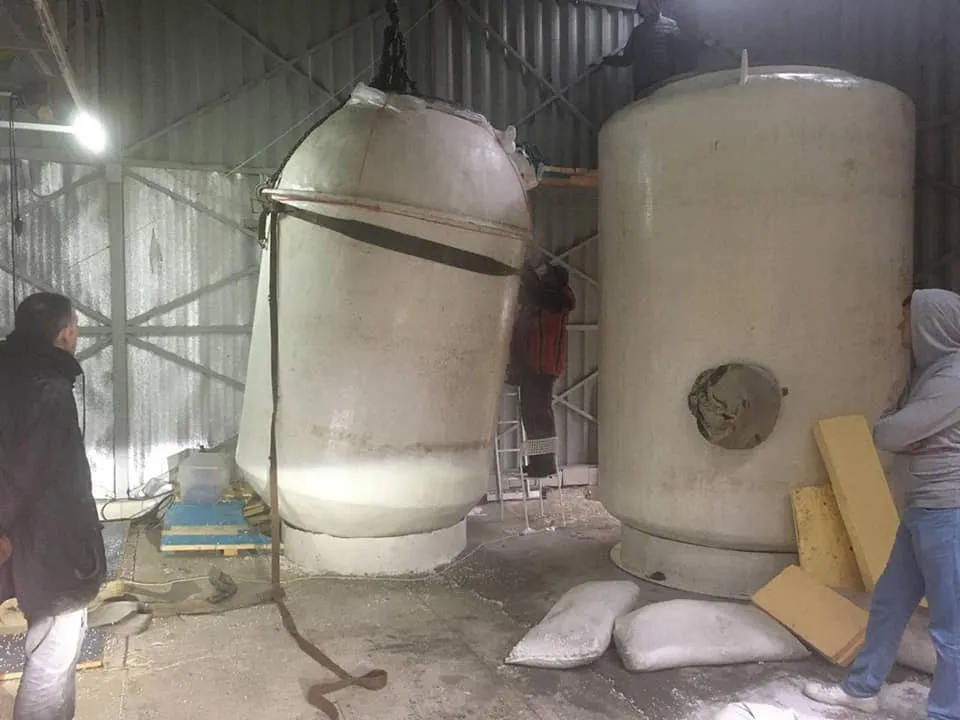
Yinfeng
Founded in 2015, Yinfeng provides cryonics services in China, with its first preservation occurring in 2017. Few details are available. Their website makes it appear that they are seeking volunteers for body donation, rather than having people pay, but a 2021 article by the New York Times reported that Yinfeng’s prices were similar to Alcor, but with only enough space for a dozen clients.
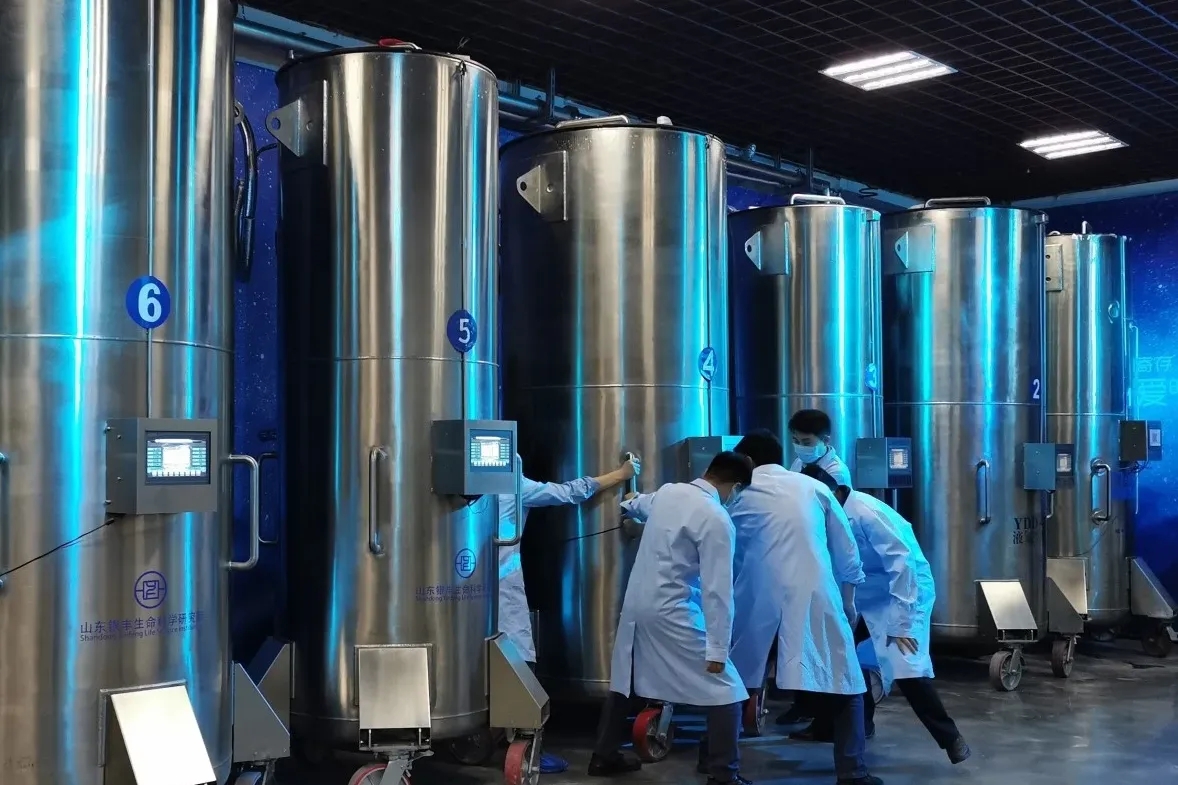
Tomorrow.Bio (or Tomorrow Biostasis)
Tomorrow.Bio is a baby when it comes to cryonics, founded in Berlin in 2019. Whole body preservation starts at 200,000 Euros, and services include standby stabilisation and transport. It has 800 members and, since its inception, has preserved 20 humans and 10 pets. Obviously Tomorrow.bio mainly serves Europe and the UK/Ireland, but it also provides services to New York City, Miami, California, Portland, and Seattle.
Trans Time
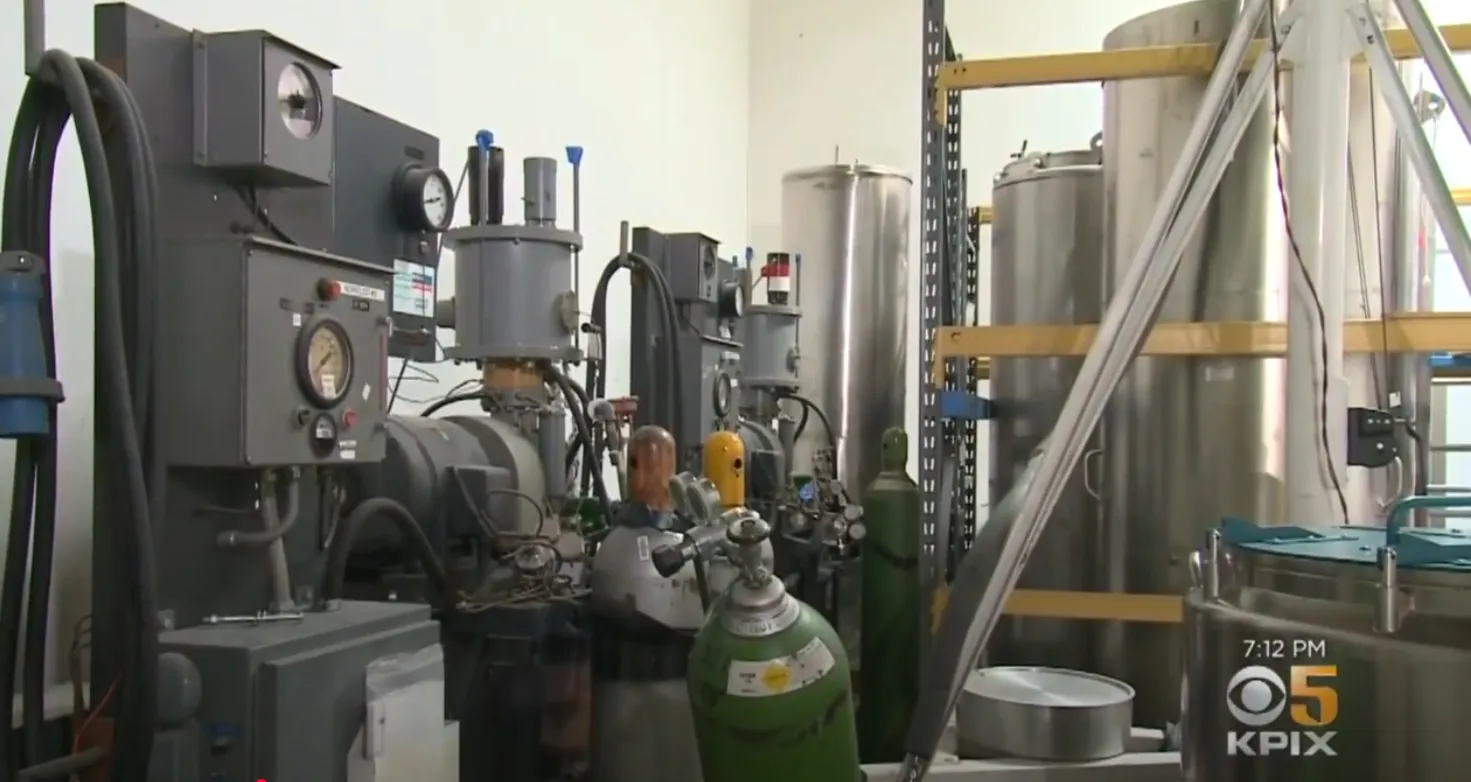
International Cryonics Museum
Irreverently called the Frozen Dead Guy Tour, the International Cryonics Museum is in the Stanley Hotel in Estes Park, Colorado. It contains a single dewar, which is the home of Bredo Morstøl. Bredo was dead when his grandson, Trygve Bauge, brought his body to Trans Time in 1989. In 1993, Trygve moved Bredo’s body from Trans Time to the town of Nederland, Colorado, where he and his mother Aud attempted to care and store their family member themselves. Trygve was eventually deported, and Aud kept Bredo cryonically frozen in a shed in her backyard. Aud’s own house was unfinished, and she lived without electricity or plumbing. When she was threatened with eviction related to the condition of her house, she told a reporter about the body in the backyard. Aud was found guilty of building violations, but she and Bredo became local sensations.
Bredo is now the subject of a local festival called Frozen Dead Guy Days. His body was stored in a custom-made shed for several years before it was relocated to the dewar in the Stanley Hotel.
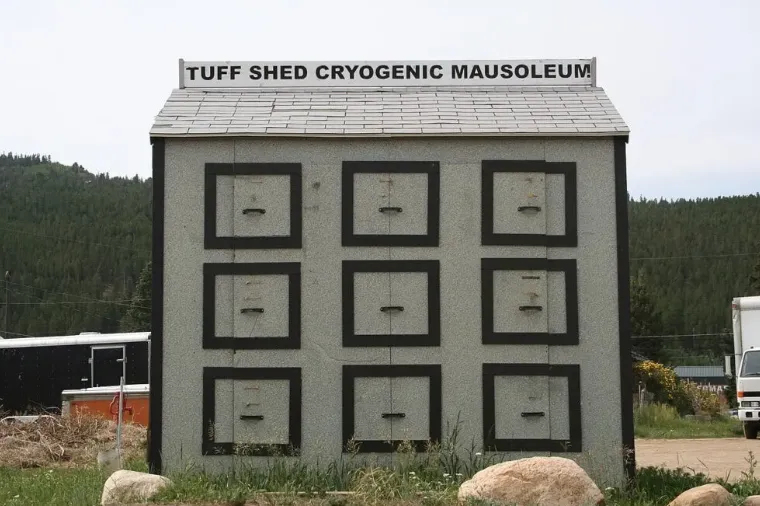
The shed built for Bredo when the truth of his final resting place was revealed
Southern Cryonics
Initially incorporated in 2012 as Stasis Systems Australia, Southern Cryonics is an Australian non-profit that currently provides only whole-body preservation from its Holbrook, NSW facility. It began operations in 2023, and currently holds 1 patient - with 35 members; the facility can support 40 bodies, which the facility estimates will take 28 years to fill. American-born NZ resident Dechard (Deck) Hazen invested $60,900 NZD in the company in 2012, and appeared in Kiwi newspapers and media outlets speaking about his intent to be frozen on death. However, Deck died in 2022 and there is no indication from either the Alcor or CI case reports that Deck is in their dewars/cryostats. It is possible that Hazen changed his mind in the decade since his media blitz, but maybe his wife had something to do with this as Hazen described her as being far less optimistic for the future, considering cryonics to be nonsense.
Southern Cryonics fees are $170,00-$200,000 AUD, which for Kiwis and Aussies is a deal compared to Alcor, as well as being far more convenient to access than either Michigan or Scottsdale.
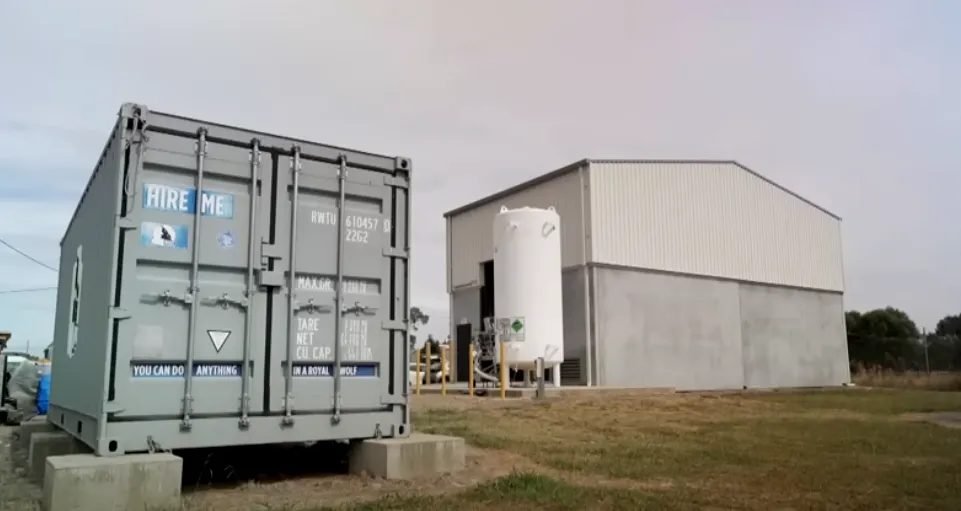
A frame from 60 Minutes Australia of the Southern Cryonics Facility
Bodies on the move
Future cryonicists have their work cut out for them, as not only must they find cures for numerous cancers and diseases such as AIDS, but also the cryonic patients currently on ice are dead and not in suspended animation.
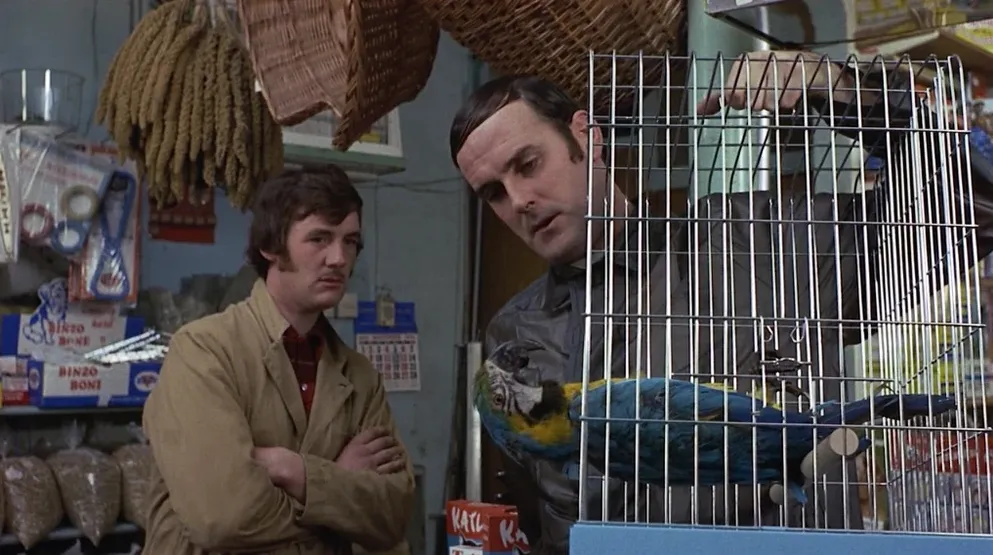
He’s passed on! This parrot is no more! He has ceased to be! ‘E’s expired and gone to meet ‘is maker! He’s a stiff! Bereft of life, ‘e rests in peace! If you hadn’t nailed him to the perch ‘e’d be pushing up the daisies! ‘Is metabolic processes are now history! He’s off the twig! He’s kicked the bucket, He’s shuffled off his mortal coil, run down the curtain and joined the bleedin’ choir invisible!! THIS IS AN EX-PARROT!!
The condition of various patients residing in storage facilities like Alcor and the Cryonics Institute varies; some bodies were not preserved in ideal conditions, with some having even been dead for several days or autopsied before their bodies could be perfused with cryoprotectant. Other bodies were initially preserved and stored by now-defunct companies or family members, and changed hands multiple times.
James Bedford was one such case. While not technically the “first” person to be cryopreserved, he was the first to be cryopreserved who had appropriately prepared while alive, and had preservation protocols administered soon after death. He has also become one of the more well-travelled corpses in cryonics history, having not only changed custodians but also having been removed from his capsule multiple times.
While initially under the care of Robert Nelson (of the infamous Chatsworth Incident) for a few days, his body and capsule had multiple resting places since his death in 1967, including the now long-defunct Cryo-Care Equipment Corporation, and then later to a cryogenics and test equipment company Galiso, likely around 1969. However, his time at Galiso was cut short when the company’s liability insurer threatened to withdraw coverage, and he was moved to Trans Time from 1976 to 1977, when Bedford’s son took custody of the body again and removed Bedford and his capsule/dewar from Trans Time. It is unclear what happened for several years after this, although Mike Darwin of Alcor suspected that the Bedford family had attempted to manage the cryopreservation and liquid nitrogen top-ups independently. The family eventually felt the pinch of the upkeep costs, and in 1982 handed care of James over to Cryovita, a company that provided cryonic preservation services for both Trans Time and Alcor. In 1986, Bedford was moved to his current home with Alcor. Both Cryovita and Alcor relocated to new facilities due to business growth, as well as the loss of liability insurance due to being a cryonics business. While Alcor and Cryovita continued to work together, the new facilities allowed Alcor to take on patient storage independently.
How much does it really cost for a chance to live forever?
All of the cryonics companies have a fee for full-body preservation. The exact details of the Southern Cryonics funding programme is unclear, so I will use Alcor’s cost and funding minimums instead to break down the standard advice that cryonics customers are given.
-
Membership/Subscription - Basically, an annual membership can be an incentive that allows customers to access discounted cryopreservation fees (as with Southern Cryonics), more efficient delivery of SST and preservation services because the organisation knows you, as well as voting rights and the chance to join the organisation’s executive leadership. While membership does not obligate you to be cryopreserved, it can be a requirement for some organisations. For Alcor members, this varies by age. Under 18-year-olds are $60 per year, while adult members pay their current age multiplied by $15.
-
Alcor charges $220,000 USD for whole body preservation. The actual preservation is $60,000, and the rest is divided into two funds; $25,000 in a Comprehensive Member Standby (CMS) fund, and $135,000 into a patient care trust. The CMS is only available to those living in Canada and the continental US. The CMS fund essentially serves as a pool to ensure that there are no out-of-pocket expenses for membership or their survivors at the time of stabilisation and transport.
The patient care trust is also a model for perpetual funding that arose from the continual issues early cryonic groups had with family members becoming burnt out with funding cryopreservation, or being saddled with that unexpected cost. Again with Alcor, the patient care trust is intended to cover the cost of storage. However, all of the money is pooled together and not kept in separate bank accounts. As of 2025, there seems to be over $30,000,000 in the trust’s investment account.
-
Surcharges. For Alcor, this can include $10,000 for cases outside of North American, $50,000 if you are a non-member.
-
This one is confusing, but I hope I am accurate in my understanding. There is a separate CMS fee of $200/year, but this is waived for minors and students, and can also be waived for other members if they increase the payment of their cryopreservation fund minimum by $20,000.
Less clear, however, is how your life after reanimation will be funded. Alcor leans heavily on the idea of community being the answer:
“Financially, the Patient Care Trusts should grow in real value over time — compound interest should eventually produce sufficient assets to cover the costs of revival. At the same time, as technology progresses the cost of reviving patients should decrease over time. Eventually, the increasing funds available in the Trusts should be sufficient to pay the costs of reviving and reintegrating patients into society.
Socially, Alcor is a community. Some members of this community are alive and healthy, while others have been cryopreserved. This community forms an interconnected network of friendships and close ties. At any point in time the healthy members of this network have friends, relatives and loved ones in cryopreservation and will seek to revive them. Once revived, those members will in turn have other friends in cryopreservation, and they will in turn seek to revive them.
The plan is not for “them” to revive us. The plan is that we, the Alcor community, will revive ourselves.”
How do people pay for cryopreservation?
Cryonics is very popular amongst the wealthy IT experts and entrepreneurs, but there are means by which the hoi polloi can come head to toe with a tech billionaire. If you are unable to pay for your preservation and all the assorted fees outright, you would typically fund the procedure through life insurance. Ideally the future customer would take out a policy specifically for cryopreservation that lists their cryopreservation provider of choice as a beneficiary. Surprisingly, many insurance companies in the US and Canada do not balk at this. Whether any of the NZ insurance providers will follow suit as Southern Cryonics builds its customer base remains to be seen.
Is there a limit to who cryonics companies will cryopreserve?
Yes and no. A Zendesk website attributed to Alcor notes that, well, there really is no way to cryopreserve ashes or expect science to ever become that advanced. Other than that, while the odds worsened the further one got from ideal conditions, they could not say definitively where the line was. It is possible that the circumstances of one’s demise, e.g. terrorist attack or natural disaster, may make them unsuitable candidates for cryonics simply because their bodies can’t be found. In this event, the same Zendesk website advises that you can designate a secondary beneficiary on the insurance plan that you took out to cover your cryopreservation.
For non-members who expressed their desire to be preserved and made no arrangements, Alcor appears to act ethically. In the case reports of the first Australian to be frozen, family members were advised that they had no moral obligations to fulfill the promise they made to their family member just before his unexpected death; an Alcor representative made it clear that it was the responsibility of the individual to make any such arrangements before he died. The Cryonics Institute have incorporated into their emergency protocols for non-members a literal and figurative two-week cool-down period to allow family members to make the decision in less-stressful circumstances, and secure funding if they do decide to proceed. They may also require signatures of all living children to ensure that they unanimously support the decision to preserve their parent.
The New Zealand angle
While Australia took the crown for the first Australasian to be cryopreserved (Roy Schiavello in 1990), and for the establishment of the first cryonics facility (with Southern Cryonics), there were various points in the past 40 years where New Zealand was nearly the deep-freeze innovator of the southern hemisphere.
Peter Toma was born in Hungary in 1924, and immigrated to the United States in 1952. Toma was a polyglot, and while employed at California Institute of Technology in 1954 he started to combine his language skills with computer programming. Toma would go on to develop SYSTRAN in 1968, which remains one of the oldest running machine translation companies. Toma’s effort led him to work with many of the United States’ intelligence and defence agencies throughout the Cold War. In the 1990s, SYSTRAN was used by Yahoo! to run its BabelFish language application.
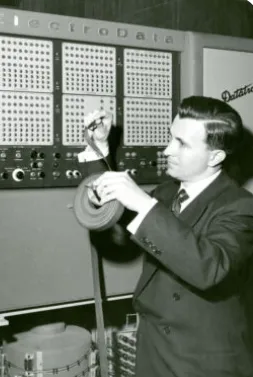
Dr. Peter Toma
When Dr. Toma came to New Zealand is unknown, but he was definitely here by 1981, when he established Text Understanding Systems in Dunedin. According to the Companies Register it was listed from December 1981 until it was removed in 2004. An article from August 1983 reports that Toma was planning to launch a $15 million translation centre at Larnach Castle. It was a big project that promised to create 1,700 jobs, and to link the centre to every country in the world via satellite. Toma intended to call the centre Aorangi University and, within its walls, compile a proto-wikipedia with a database that had facts from countries across the planet. In 1984, Toma repeated his intent to build a university, and that it would rival Harvard or MIT in Dunedin, because he believed the location was filled with negative ions, which made people peaceful, while positive ions, found in the desert, were detrimental to thinking and behaviour.
However the sale and the university fell through, and he bankrolled an international peace symposium in 1987 instead. At the same time, he also brought Paul Segall to Dunedin to talk to the city council about how cyronic storage would fit within town planning. The city planner had a clever retort that permission depended on whether the preserved could be considered dead or alive. It was a question that neither Segall or Toma could answer.
Segall was famous amongst cryonicists for carrying out a full-body washout on his dog (removing most of the blood), before cooling and keeping the dog at 3 degrees Celsius for 20 minutes. Then the dog was rewarmed, reinfused with blood, and had its heartbeat and breathing restored. The dog was allegedly fine.
The next and last time Toma appears in the PaperPast archive is in 1989, when Toma declared his desire to make NZ a world leader in cryonics. The article says that Toma approached the University of Otago to see if he and his mother, once a microbiologist with the Salk Institute, could be cryopreserved; he even had his own freezing tank, and had attempted to cajole the then Minister of Justice to ensure the legality of the procedure. On the other hand, Toma did display a modicum of skepticism. He was doubtful that those currently cryopreserved would ever be successfully stored. He himself would only follow-through with freezing if the odds were in his favour. Toma had founded the Pacific Cryobiological Society, and donated $100,000 towards such research, but other members of the society, like Dr. John Leader, argued that the research was solely about finding ways to freeze organs for transplant.
Unsuccessful with finding a place to preserve his mother in New Zealand, Toma tried Argentina before having her cryopreserved at Alcor in 1990. However, none of the listed case reports for that year appear to match her details. According to a GQ article, Toma was interested in vistasis, a process where one is frozen while they are alive. The process might kill you, but it would optimise the quality of the body going into the dewar. As the Alcor case report will attest, Toma died in June 2010, and is preserved alongside his mother at Alcor’s Scottsdale facility.
The first New Zealander to be frozen was Cam Christie, who died in 2013 from renal cell cancer. Cam was a member of the Cryonics Association of Australasia, and was essentially their New Zealand representative. A bit about his story can be found in this stuff.co.nz article, as well as this travelogue by cryonicist Ben Best. You can also take a gander at the archived NZ Cryonics Society website that Christie operated, as well as Christie’s profile in the May 2006 issue of The Immortalist magazine.
As this article became quite long, in two weeks there will be an unexpected and unplanned part 3, where I will explore the legal and ethical issues that cryonicists have faced in New Zealand and abroad when trying to plan and fund their second life.